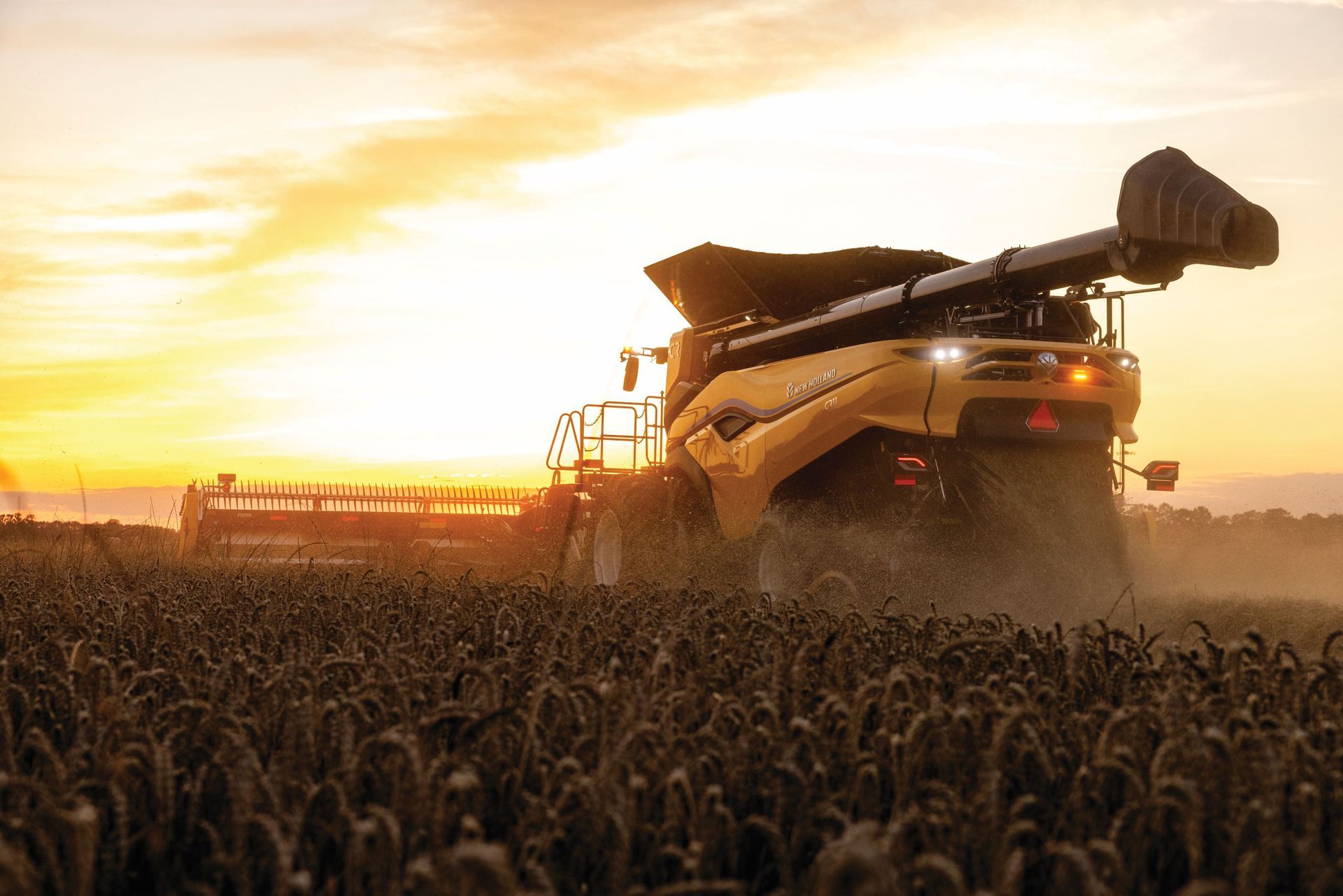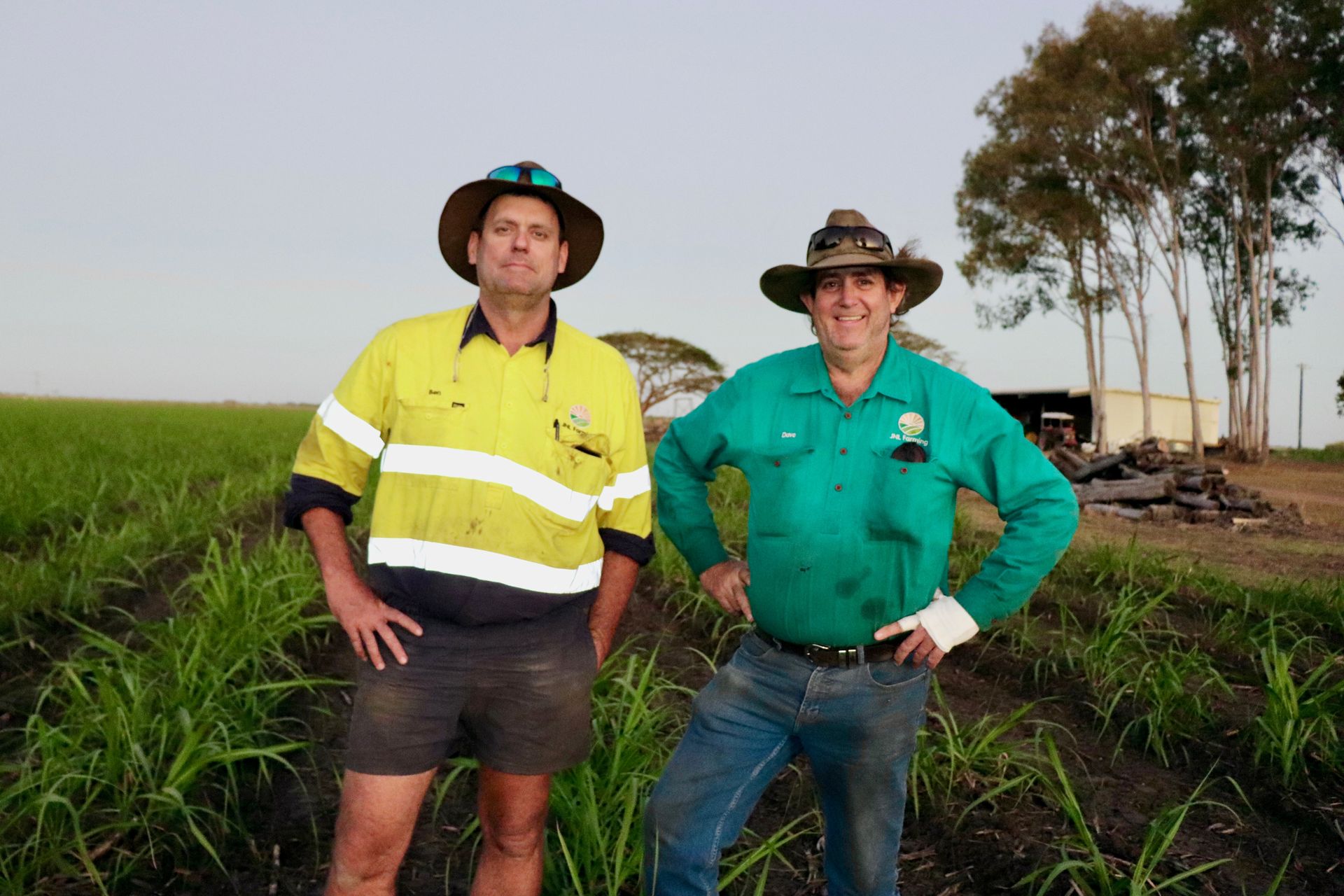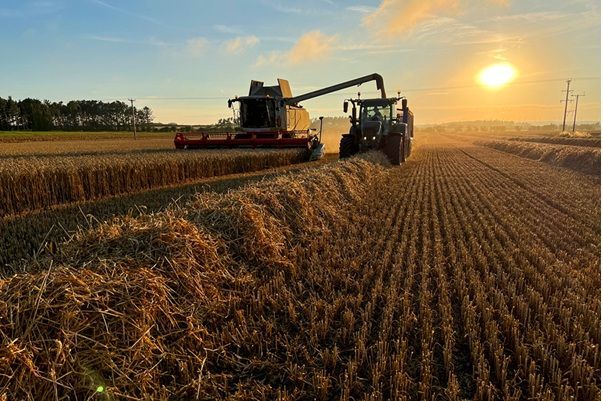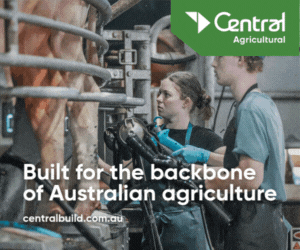Dave Cameron is the CEO of Irrigation Australia. Irrigation Australia provides essential training and certification programs, helping irrigation professionals develop the skills needed to manage modern systems. Its workshops and accredited courses focus on improving water use efficiency and reducing environmental impacts, fostering a skilled workforce that can tackle the sector’s most pressing challenges.
Irrigation challenges in Australia: Balancing innovation and adaptation for a sustainable future
As climate change intensifies, Australian farmers are adopting advanced technologies and practical strategies to manage water efficiently and sustainably.
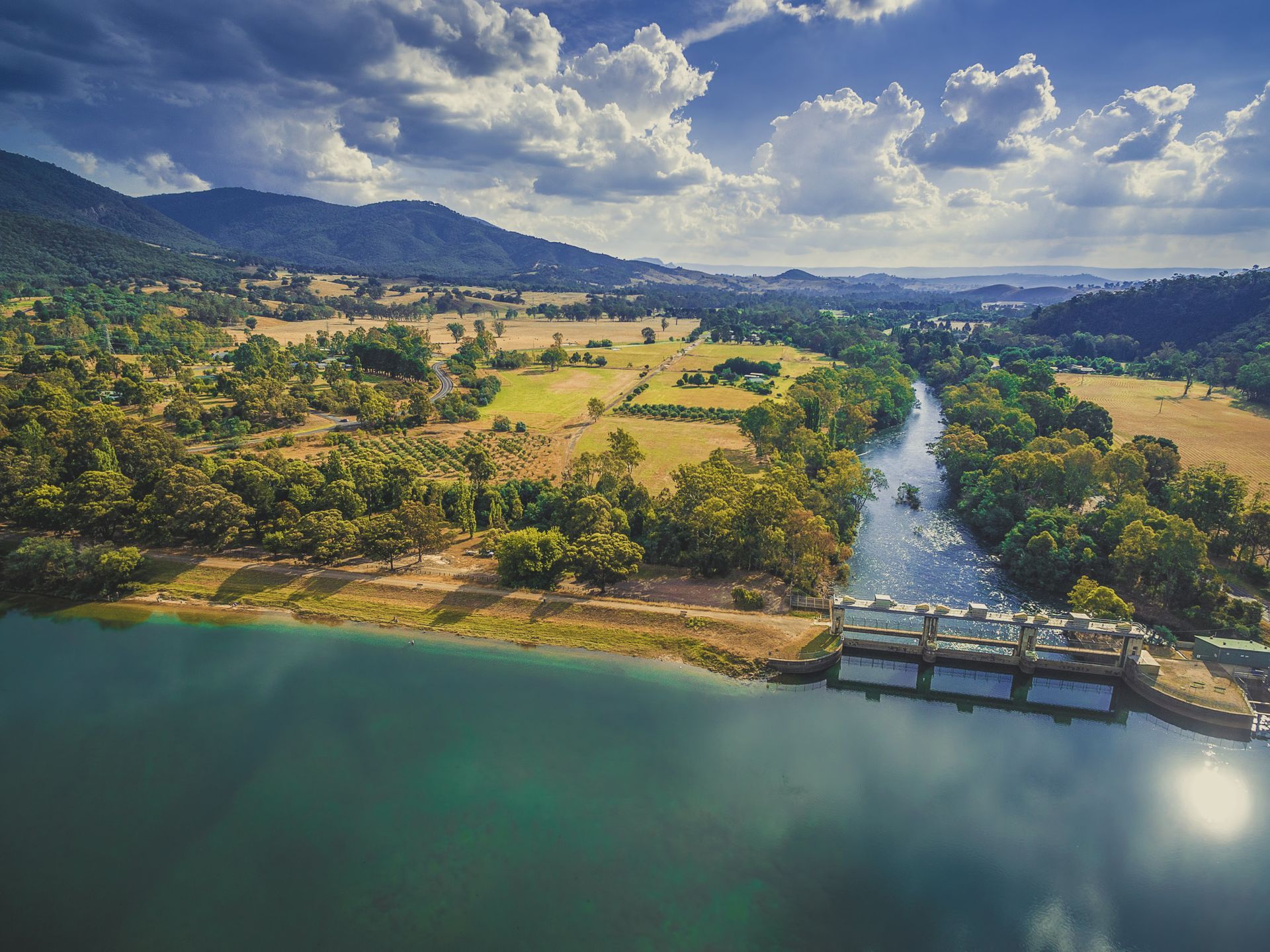
Introduction
We are increasingly challenged with feeding a growing population using diminishing water resources, while also ensuring the protection of landscapes and ecosystems that depend on this same water. Farmers and the irrigation industry are central to this effort, providing the food we rely on both domestically and for export. Part of their role also involves caring for the environment, a responsibility that grows as water becomes scarcer. Addressing this complex issue will require a careful blend of technology, innovative farming practices, and supportive government policies.
Australian innovation
Australia’s dry climate has pushed farmers to innovate constantly. Efficient irrigation has become critical for agricultural productivity, and new technologies like drip irrigation, digital tools, and data-driven solutions offer ways to optimise water use.
Australia is globally recognised for its advanced irrigation systems, including its innovative digital water management solutions, which are now being exported by Australian companies worldwide. However, it is essential to balance cutting-edge innovations with practical strategies that work for farmers of all sizes. As the country faces changing rainfall patterns, farmers are looking both to technology and new farming practices to maximise productivity with less water.
The role of technology
Recent advances in digital agriculture – such as the Internet of Things (IoT), big data analytics, and satellite imagery – are beginning to reshape how Australian farmers manage irrigation. These tools provide real-time insights into soil moisture, crop health, and weather patterns, allowing farmers to adjust irrigation schedules with greater precision. IoT devices, for example, can monitor soil conditions continuously, reducing guesswork and improving water efficiency.
However, integrating these technologies poses challenges. Smaller farms, in particular, face financial and logistical barriers to adoption. While larger agribusinesses can invest in high-end systems, smaller operations may struggle to justify the upfront costs. This is why farmers need simple, practical tools that turn data into actionable insights without the complexity or high price tag.
Satellite imagery is one example of a practical solution. It offers a broader view of crop health over large areas without requiring expensive sensors on the ground. By providing detailed irrigation recommendations through easily accessible platforms like smartphones, this technology can benefit farms of all sizes, making it a more scalable and affordable option.
Adaptation strategies
In addition to adopting new technologies, Australian farmers are using a range of practical strategies to adapt to water scarcity. Soil health management is a key focus, with some growers using techniques like cover cropping, reduced tillage, and organic matter to improve soil’s ability to retain moisture. Healthy soil holds more water and reduces the amount needed for irrigation, helping farmers make the most of their resources.
Crop diversification is another strategy, with farmers shifting to more drought-tolerant crops or growing a wider variety of crops. This approach helps build resilience against climate change and weather unpredictability. By diversifying their crops, farmers can reduce the risk of crop failure while maintaining productivity.
Alternative water sources will also become increasingly important. We need to develop options like recycled wastewater and even desalinated water in regions where freshwater is limited. These alternative sources help reduce the strain on traditional water supplies and provide a more reliable solution during times of drought.
Some farmers are joining the energy transition by integrating renewable energy sources into their irrigation systems. Solar-powered irrigation is becoming increasingly popular, providing an environmentally friendly and cost-effective way to power pumps. This not only reduces energy costs but also aligns with the growing focus on Environmental, Social, and Governance (ESG) criteria.
Additionally, farmers are investing in water harvesting and on-farm water storage. Techniques such as building dams, reservoirs, and water tanks to capture and store rainwater ensure a more reliable water supply during dry periods. Water-harvesting systems, such as bunds or swales, help direct and capture runoff, further supporting irrigation efforts when rainfall is scarce.
